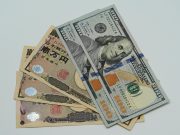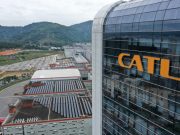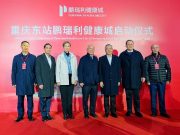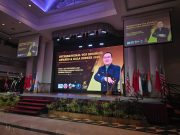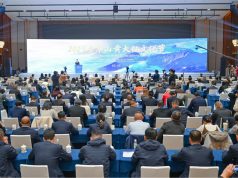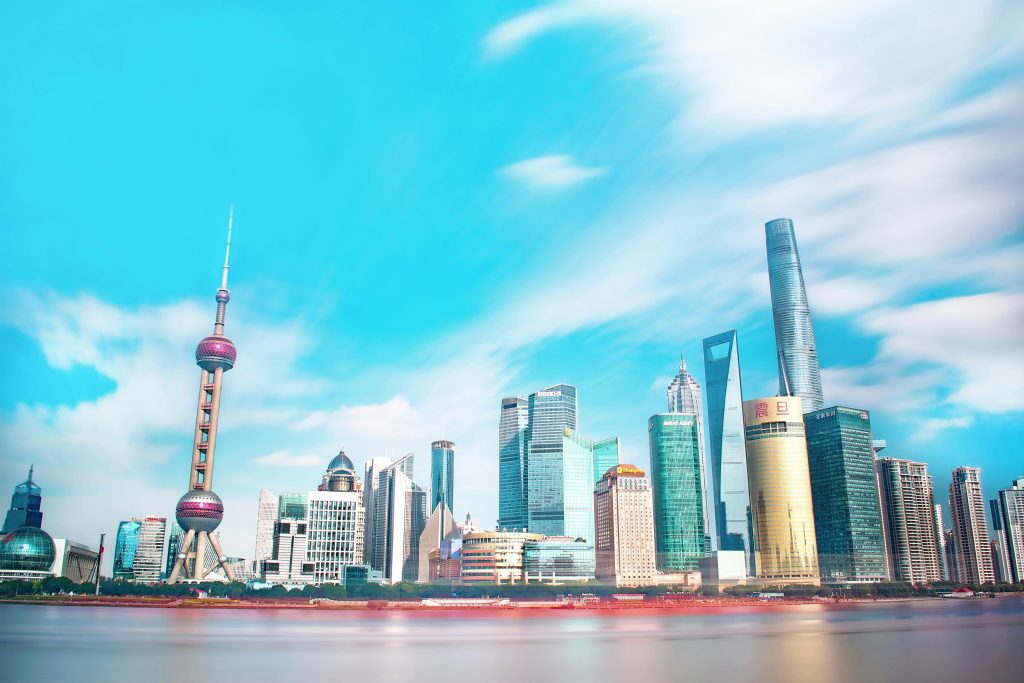
(Singapore, 15.08.2025)A wave of concern is sweeping over China’s economy. Fresh data shows a widespread slowdown, with key areas like factory production, shopping, and investment all losing steam. This decline, which took many by surprise, suggests a perfect storm of internal problems and outside pressures is hitting the world’s second-largest economy hard.
From the lingering effects of the global trade war to Beijing’s own crackdown on fierce business competition and even unusual weather, several factors are coming together to create a complicated puzzle for the country’s leaders.
The Numbers Tell a Troubling Story
The latest economic figures for July paint a clear picture of a country losing its way. Production at Chinese factories grew by a weak 5.7% compared to last year—the slowest rate since November. This was a big step down from June’s 6.8% growth and fell short of what experts predicted.
The slowdown isn’t just in manufacturing. Retail sales, a key sign of consumer spending, also hit a new low for the year, growing by only 3.7%. This was the slowest pace since December and missed expectations.
But perhaps the most worrying trend is the drop in investment. Money spent on things like infrastructure, property, and factories grew by a tiny 1.6% in the first seven months of the year. This weak number was caused by a deepening slump in the real estate market and a rare, across-the-board decline in all three major investment areas.
On top of that, the urban unemployment rate unexpectedly crept up to 5.2%. These numbers have analysts worried that the full effects of tariffs and other challenges are finally taking hold, undermining the economic strength China showed at the start of the year.
What’s Behind the Slump?
The reasons for this economic slowdown are many and go beyond the usual measurements. While the global trade scene, especially the US-China trade war, is a big part of it, several other issues are at play. Even with a temporary trade truce, the threat of tariffs and weak global demand continues to weigh on Chinese manufacturers.
As one expert explained, a truce might stop things from getting worse, but it doesn’t solve the underlying problem of weak demand and falling prices at home. This uncertainty makes businesses hesitant to invest and people nervous about spending.
In an effort to deal with too much production and boost company profits, Beijing has started a campaign to stop aggressive price wars among businesses. This effort has attracted a lot of attention because it directly affects major industries from steel to solar and electric cars.
While the goal is to stabilize prices, the crackdown has also led local governments to “strictly control” new investments in these industries. This, in turn, is holding back factory spending and contributing to the overall investment slump.
Government attempts to boost spending with consumer subsidies aren’t working as well as planned. People are holding onto their money, shown by slower sales of big-ticket items like cars and electronics. A big reason for this is the struggling housing market. With home prices still falling, people are less confident about spending, especially since their biggest investment is losing value.
Adding to all these problems, extreme weather also caused trouble. July’s high heat, heavy rains, and flooding messed up factory work and construction, making an already slow season even worse for the economy.
What’s Next?
With the economy clearly facing “numerous risks and challenges,” policymakers in Beijing are in a tough spot. After a cautious “wait-and-see” approach, the recent data has “sounded the alarm.”
However, experts don’t think a sudden, massive new stimulus package is likely. The government has already said it will stick with planned support measures while promising more help if needed.
The current strategy seems to be a careful, step-by-step approach, with officials watching the data closely over the next few months before making any big decisions.
If the economic indicators for August remain weak, analysts suggest that policymakers may feel pressured to “introduce additional supportive measures in late September or early October” to boost growth in the final part of the year.
These measures could include expanding consumer trade-in programs to cover more goods and services and possibly subsidizing interest payments on consumer loans. However, any new stimulus package might be smaller than in past years, mainly because the risk of missing the government’s annual growth target of around 5% is considered lower for now.
Policymakers are also focused on boosting domestic spending in the long run to reduce the country’s reliance on foreign demand, especially with growing tensions with the US.
In short, China’s economic recovery is on a difficult road. While the government has tools to help, the current slowdown is the result of a complex mix of internal and external forces.
The coming months will be a crucial test of whether Beijing can successfully manage this delicate situation and get its slowing economic engine running smoothly again.











